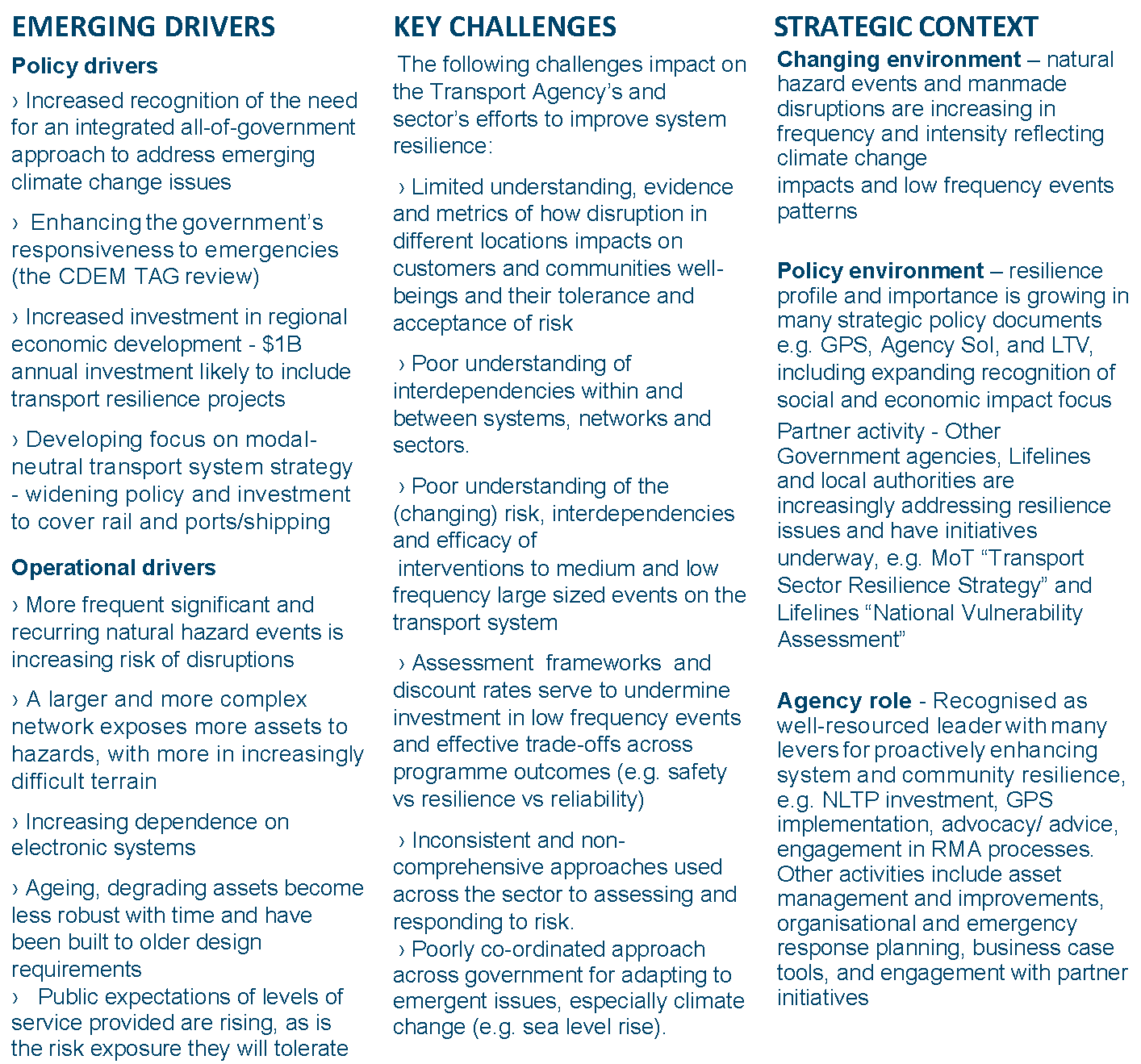
Disaster Management Manual
A manual for practitioners and decision makers!

Disaster Management Manual
A manual for practitioners and decision makers!
An "All Hazards & Security Guidance Plan" for transportation departments is vital to identify the methods used to reduce risks to the transportation system infrastructure posed by possible acts of natural, technological, and human-caused hazards. This plan should highlight the processes used to strengthen preparedness and promote timely response and recovery procedures that significantly reduce deaths, injuries, and other disaster losses.
The overall intent of a guidance plan is to begin to identify and manage risks and potential vulnerabilities associated with a transportation department's assets and infrastructure in order to minimize operational disruptions, ensure economic and social well-being to communities and ensure business and government continuity after catastrophic disasters.
Frameworks include infrastructure, vulnerable assets, hardened assets, multimodal connections, non-traditional networks, redundancy and also assign risk.
The New Zealand Transport Agency (NZTA) has developed a state highway classification system meeting a range of established criteria relating to factors which affect or determine the ‘criticality’ of transport assets and which relate directly to the consequences or impacts of failure.
New Zealand’s framework includes emerging drivers, key challenges and strategic context: carry high volumes of traffic or freight (this would include most rail routes and major highways, port access), are vital to social/economic well being, have no other alternate route, provide access to other critical infrastructure, are control centers, are sections of a network that are critical to commercial imperatives for operators or users, are critical to maintaining law and order, or national security, provide for emergency response (police, fire, medical services, disaster relief), provide for operation of public services, commercial and business travel, high-value personal errands (basic shopping, medical), commuting (work and school). 1
